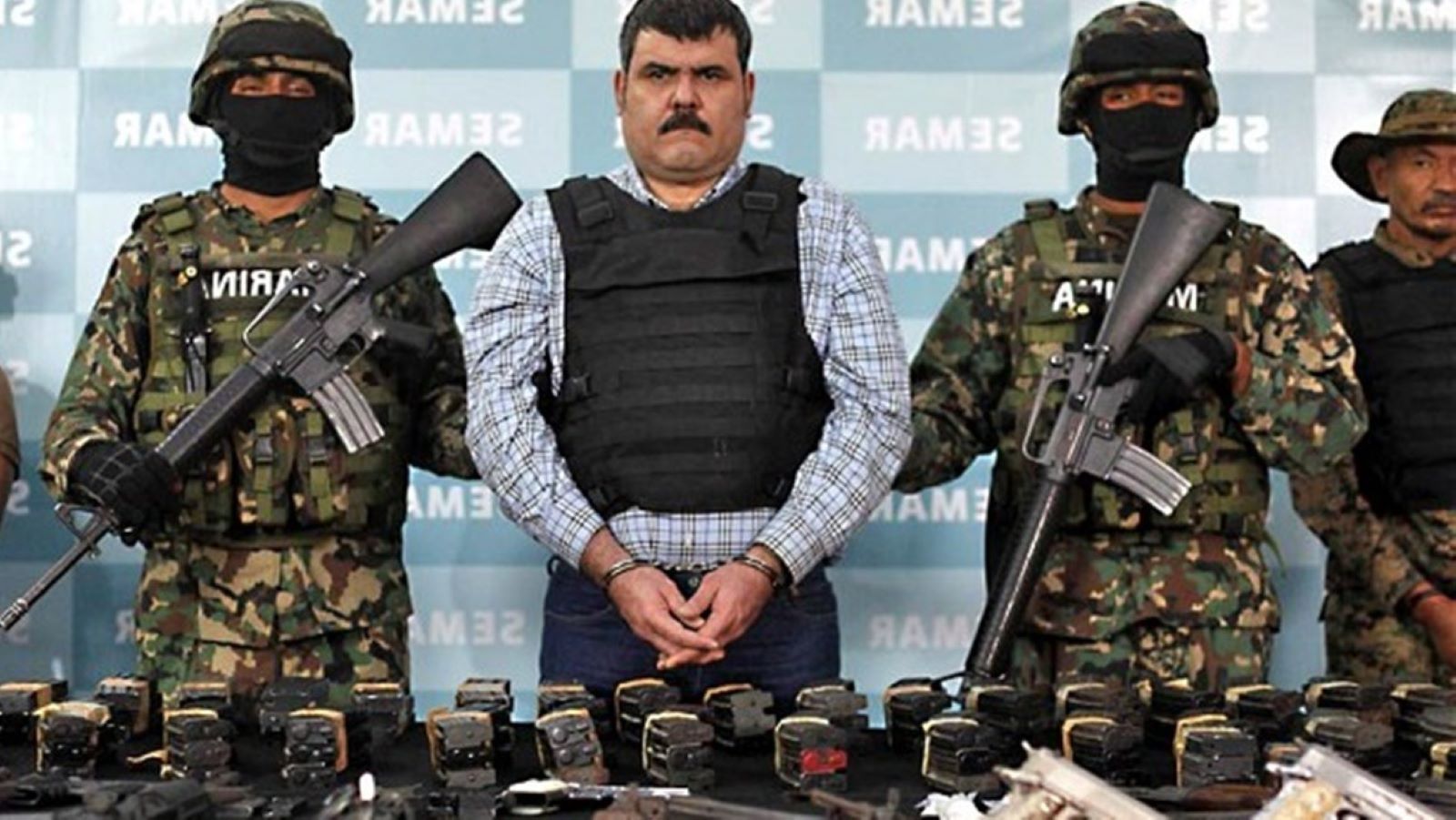
This blood-soaked tale of the Sinaloa Cartel inspired ‘Queen of the South’
The drama of Queen of the South is so nail biting, we’re not surprised to find out it’s based on a real cartel. The show is based on a telenovela starring Kate del Castillo, the actress who introduced Sean Penn to El Chapo. No wonder the show is based in realism.
In case you’ve managed to miss out on Queen of the South the USA series takes on the story of Teresa Mendoza. A female queen pin running one of the most powerful drug cartels in the world, she also has to fight off her enemies in the process. But initially, Mendoza is from Sinaloa, home to the most powerful drug cartel in the world.

Northwest cartel
The Sinaloa Cartel, also known as the Pacific Cartel and the Blood Alliance, covers the northwest states of Mexico. With a large portion of the Mexican border under its control, it’s clear to see how powerful the Sinaloa Cartel is.
The name of the cartel probably rings a bell, as this was the cartel that legendary drug lord El Chapo ran starting in the 80’s until his final arrest in 2016. Now, his two sons and long term associate El Mayo run the cartel in his absence.
Initially part of the Guadalajara Cartel, leader Miguel Angel Felix Gallardo’s arrest left the remaining factions splitting into two separate groups: the Sinaloa Cartel and the Tijuana Cartel. But when the drug raids from the Mexican government focused on the Tijuana Cartel, the Sinaloa Cartel used that as a chance to get further in the game.

The real “Queen of the South”
A large part of the Sinaloa’s success came from some well done business deals between them and the Colombian Norte de Valle Cartel. Giving them a chance to get products into the US for a hefty price, the two formed an alliance that helped both groups grow larger.
Who helped create this deal? Sandra Avila Beltran, best known for her nickname La Reina del sur, or the Queen of the South. Starting to see the connection? Teresa Mendoza finds inspiration from Avila Beltran, who has been regarded as one of the most successful cartel leaders and the first female cartel member to reach the title of “Boss”.
Of course, her rise to power was definitely a bloody one. The niece of Felix Gallardo, it’s no surprise she found her home in one of the two cartels that broke from her uncle’s original cartel. In her youth, she worked her way into the world of cartels through her various romantic relationships and familiar connections.

Love brings cartels together
But the real relationship of importance was her relationship with the Tiger, an important figure in the Norte de Valle Cartel. Police feel this relationship was what gave Avila Beltran most of her power and helped her climb the ranks as well as she did.
This connection was also what brought the Sinaloa Cartel and the Norte de Valle Cartel together. Thanks to the romance, the two found power in becoming allies to each other’s drug trade to help business and take down their enemies. Even when Avila Beltran was arrested, the allyship remained in place.

The wrong clues
Despite the high-profile life, Avila Beltran mastered keeping clues away from police. Moving around Guadalajara and Hermosillo, she managed to elude police, even after they tracked a shipment of 9 tons of cocaine to her and Tiger.
But in 2002, one of her enemies hit her where it hurt: kidnapping her son. In a fit of desperation, Avila Beltran contacted police, looking for help in finding her son so she didn’t have to pay the $5 million ransom on him. Police successfully helped Avila Beltran get her son back, but questions were raised.
An investigation commenced against Avila Beltran, looking to get anything they could use against her. Over four years of investigation, several federal agents were able to put together a solid case against the Sinaloa Cartel member. Arrested with another associate in 2007, Avila Beltran was charged with and convicted of money laundering for billions of dollars.

Pulling her strings
Trying to play the lonely housewife card, Avila Beltran attempted to talk her way out of the charges, but wasn’t successful. While in prison, she didn’t go down quietly, filing several human rights violations with the Mexican City human rights commission. Then again, her issues were not being able to bring in private food and having trouble getting Botox.
But she got the prison’s director and hospital chief let go after getting a Botox injection while behind bars. By 2011 though, it didn’t matter. The drug charges were dropped, and Avila Beltran was a free woman once again.
She was successfully extradited to the US for her crimes, but ended up deported back to Mexico and sentenced for five years in prison for more money laundering charges. Released in 2015, she remains free to this day, still keeping the allyship between the Sinaloa Cartel and Norte de Valle Cartel alive. It’s one hell of a story to tell.



